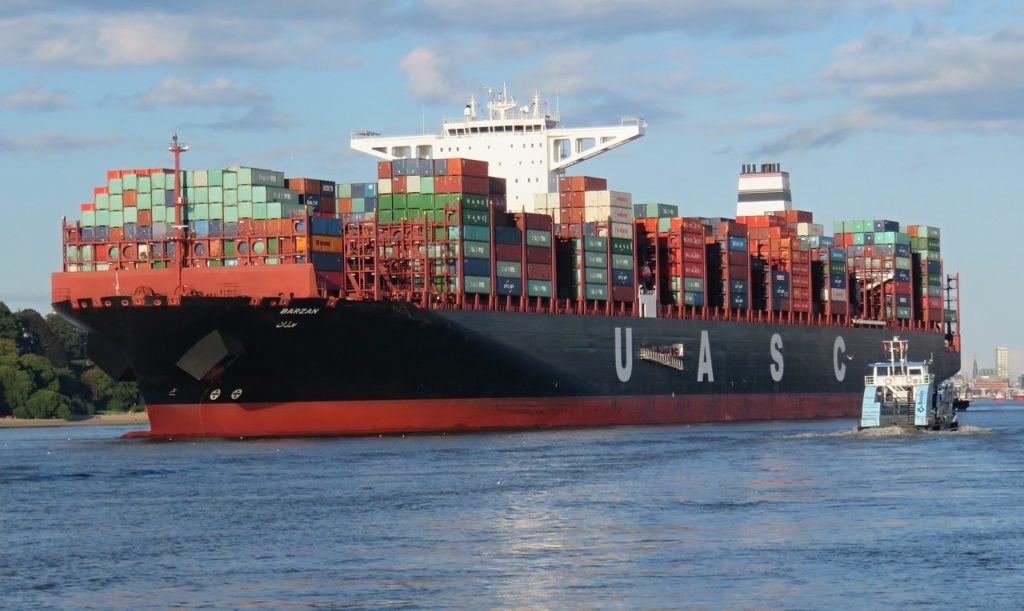Abstract:
The appraisal of transport investments is commonly carried out using cost-benefit analysis(CBA) and, in some cases when the objectives of the project are difficult to monetise, using multicriteria analysis. In the first case, the analysis measures the costs and the benefits in terms of resources for the whole of the society being considered. The typical indicators produced (NPV, IRR, etc.) are discounting future effects using a welfare-preserving rate of return. However, such effects are not shared evenly across society and redistribution effects are not only unavoidable, but quite often the main objective of the project. Regional development or environmental goals drive investment decisions. Redistribution effects should therefore be taken into account in decision-making alongside the results of CBA.
Transport infrastructure investments have a long project cycle and, as a consequence, affect a wide range of users and taxpayers who are considered as part of a single society in CBA. It is, however, obvious that those paying for the investments and those receiving the benefits of the project are not identical over time. When comparing the temporal profile of the financial payments, which depend on the financing formula adopted, and the net benefits profile, it is easy to observe important variations in the gap between them. The paper develops the basic concepts around this issue and proposes a model to easily obtain an indication of the character and importance of the intergenerational redistribution effects of transport investments. A tool that should be useful for decision-makers and financiers in particular, who have not taken this aspect into account until now, but is extremely relevant for their work, particularly under the present circumstances (scepticism about continuous economic growth, climate change impacts,etc.).










